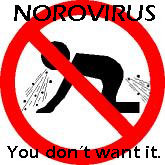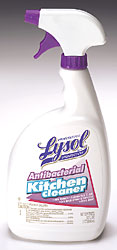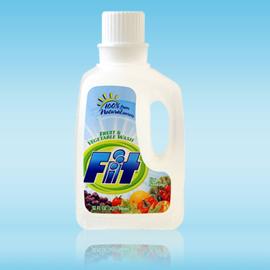NAACP members are suing an international hotel chain over a norovirus outbreak that sickened 127 people — everyone who ate the salmon — at the NAACP’s annual California conference at the upscale Hotel Sofitel in Redwood City in 2014.

Civil rights attorney John Burris listens as Alice A. Huffman, President of the California NAACP, talks about her experience with the staff at the Hotel Sofitel at the law offices of John Burris in Oakland Calif., on Tuesday, Oct. 25, 2016. Civil rights attorney John Burris announces the filing of a lawsuit against Sofitel Corporation on behalf of 127 NAACP members including Alice Huffman. (Laura A. Oda/Bay Area News Group)
Civil rights attorney John Burris, one of the conference attendees who didn’t eat the fish, filed the lawsuit on Tuesday, on the two-year anniversary of the Oct. 25, 2014 gala of around 300 black dignitaries, community leaders and youth. Attendants described brunch the next morning as a “humiliating” “horror scene” with NAACP members age 5 to 80 getting violently ill in the hotel lobby while hotel staff ignored them and provided no aid.
A spokesperson for Sofitel Corporation could not be reached for comment on Tuesday.
California NAACP President and conference organizer Alice Huffman said the members were treated “like dogs” by hotel staff.
“I get very sad when I think about what happened to our people and then I get very annoyed at the hotel and the indifference that they showed us,” said Huffman, who said she had enough problems with the hotel before the conference to make her wonder if race was an issue.
Former Oakland Mayor Elihu Harris, who said he was in a coma for two days after being struck by the virus, was among more than three dozen attendees who were hospitalized.


 In fall 2000, I contacted Procter & Gamble to ask for the data substantiating the claim that Fit would eliminate 99.9 per cent of bacteria on fresh produce,
In fall 2000, I contacted Procter & Gamble to ask for the data substantiating the claim that Fit would eliminate 99.9 per cent of bacteria on fresh produce, To cite a 99.9% fatality rate, manufacturers don’t have to kill 99.9% of all known bugs. Regulations don’t require them to disclose which bugs they exterminate, just that the products are effective against a representative sample of microbes. For instance, many products can’t kill Clostridium difficile, a gastrointestinal scourge, or the hepatitis A virus, which inflames the liver. Yet by killing other, more common bugs, they can claim 99.9% effectiveness.
To cite a 99.9% fatality rate, manufacturers don’t have to kill 99.9% of all known bugs. Regulations don’t require them to disclose which bugs they exterminate, just that the products are effective against a representative sample of microbes. For instance, many products can’t kill Clostridium difficile, a gastrointestinal scourge, or the hepatitis A virus, which inflames the liver. Yet by killing other, more common bugs, they can claim 99.9% effectiveness..jpg) On Monday, the
On Monday, the  Michael Doyle (left), professor and director of the Center for Food Safety at the University of Georgia in Griffin, Ga. (Doyle developed an antimicrobial technology that was licensed earlier this year by the makers of Fit produce wash.) said,
Michael Doyle (left), professor and director of the Center for Food Safety at the University of Georgia in Griffin, Ga. (Doyle developed an antimicrobial technology that was licensed earlier this year by the makers of Fit produce wash.) said, On May 17, 2001, Procter & Gamble announced that it was discontinuing its Fit Fruit & Vegetable Wash in the United States, Canada and Mexico effective September 28, 2001. The company said the market was too small for continued investment.
On May 17, 2001, Procter & Gamble announced that it was discontinuing its Fit Fruit & Vegetable Wash in the United States, Canada and Mexico effective September 28, 2001. The company said the market was too small for continued investment..jpg)
.jpg) The chamber was holding its annual dinner and awards recognition banquet, according to the group’s Web site.
The chamber was holding its annual dinner and awards recognition banquet, according to the group’s Web site.